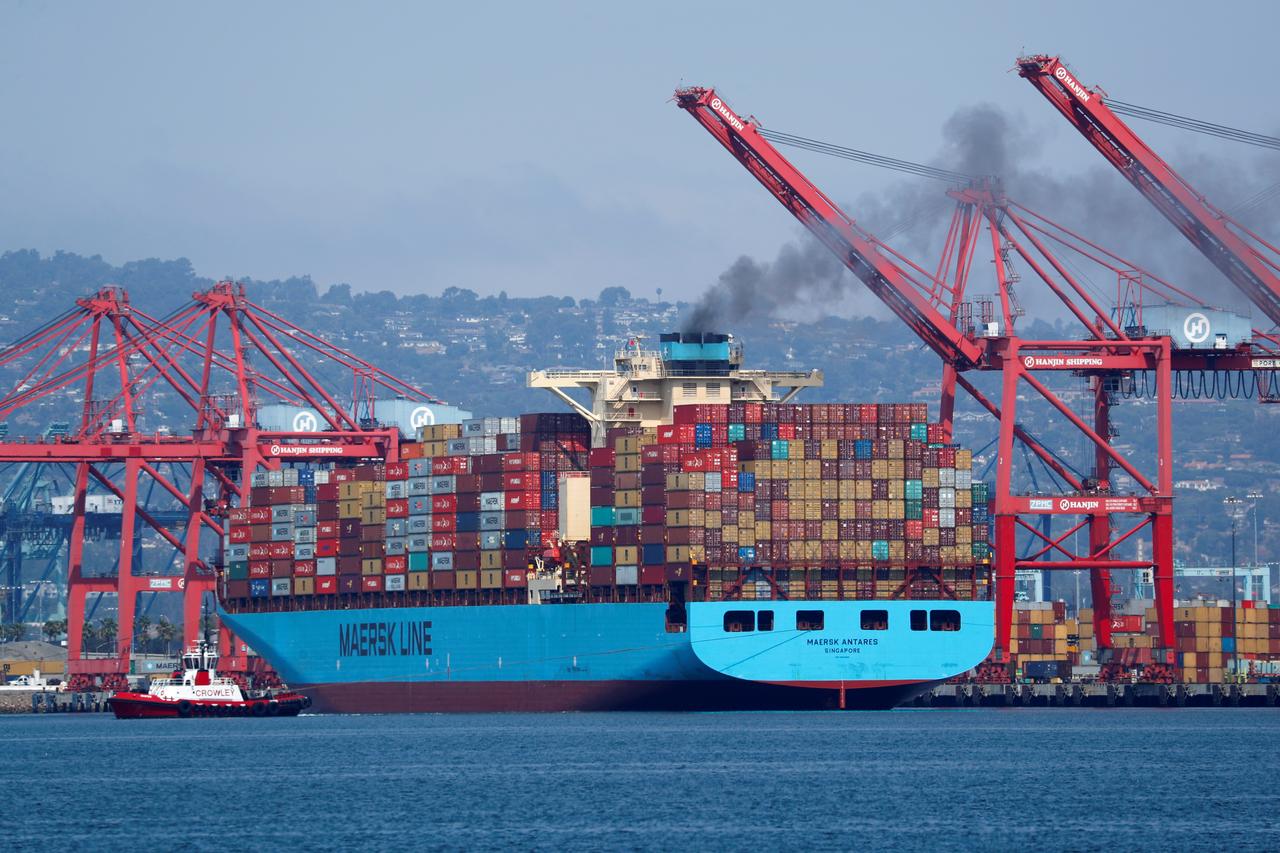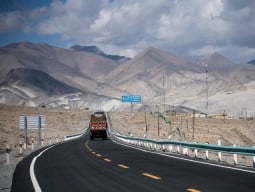
The special economic zones (SEZs) are special, because they promise to offer something that the country in which they are located does not offer. SEZs provide a more liberal business environment, a much better governmental interface and lucrative incentives. But most importantly, they promise to resolve the fundamental investment constraints that the country faces.
What holds back investors from investing in Pakistan? Besides quoting security concerns that are now rapidly fading, businesses and investors often complain about poorly skilled workforce, corruption, cumbersome regulations, poor contract enforcement and inefficient bureaucracy. They claim that they have to spend more time dealing with regulators and the government than what they spend on their core business.
Data also seem to support their claims. On the World Justice Project’s Rule of Law Index, our civil justice system scored lowest in South Asia and even lower than Afghanistan. Looking at the Global Competitiveness Index, skills and institutions turn out to be two of the three worst performing pillars for Pakistan. In World Economic Forum’s executive survey, respondents identified corruption and inefficient bureaucracy as the most problematic factors for doing business in Pakistan, while the investment and perceptions survey conducted by the Overseas Investors Chambers of Commerce and Industry ranked ‘lack of an institutionalised policy implementation regime’ as the second most important challenge for investors in the country.
Do we really think that our SEZs offer a substantially better experience for investors than what they face otherwise in the country? If not, then there is something fundamentally wrong with how we are approaching this issue.
When talking to investors, one finds that most fundamental of the issues, such as erroneous land records and titles in SEZs, are haunting them. Those located in National Industrial Park Karachi recently complained about the absence of electricity supply, water and sewage connections and delays in construction of boundary wall and road network inside the zone. One-windows also don’t seem to work. The investors have to chase their applications at each individual ministry and work through the labyrinth of inefficient bureaucracy.
Truth be told, we primarily look at SEZs as mere industrial estates with tax holidays and some other incentives. But incentives are not the primary drivers for SEZs. What really drive them instead are simple regulations and an efficient administration.
The first step, therefore, is to get the regulations right. Can we reduce the regulatory burden and do away with licensing requirements and cumbersome documentation? Can we provide some regulatory relief and introduce on-site customs inspections? Is there a way to simplify and streamline investment approvals? Can we offer simpler work permits and visa regimes? Can we rely on automatic approvals and negative lists to give comfort to investors?
Once we answer these questions, the next step is to get the bureaucracy right. Can we really make the one-windows the only interface that investors have to face? Can we ensure a world-class experience for zone enterprises in SEZs? Can the state limit its role to be an effective regulator and leave the zone operations to efficient private sector operators?
Once we fix these issues, the last step then is to get the incentives right, using them to sweeten the deal. And underneath this framework of improved laws, institutions and incentives, there has to be well-functioning infrastructure of industrial estates, equipped with basic utilities and connected with markets, cities, airports and ports.
There are nine priority SEZs in CPEC and recently the government decided to add two more. But numbers are not important. If we can get just one of these right and make it a success, we can have as many as we like. But if not, these will just be an addition to the long list of failed SEZs around the world.
Published in The Express Tribune, February 12th, 2019.
Like Opinion & Editorial on Facebook, follow @ETOpEd on Twitter to receive all updates on all our daily pieces.






















































COMMENTS
Comments are moderated and generally will be posted if they are on-topic and not abusive.
For more information, please see our Comments FAQ